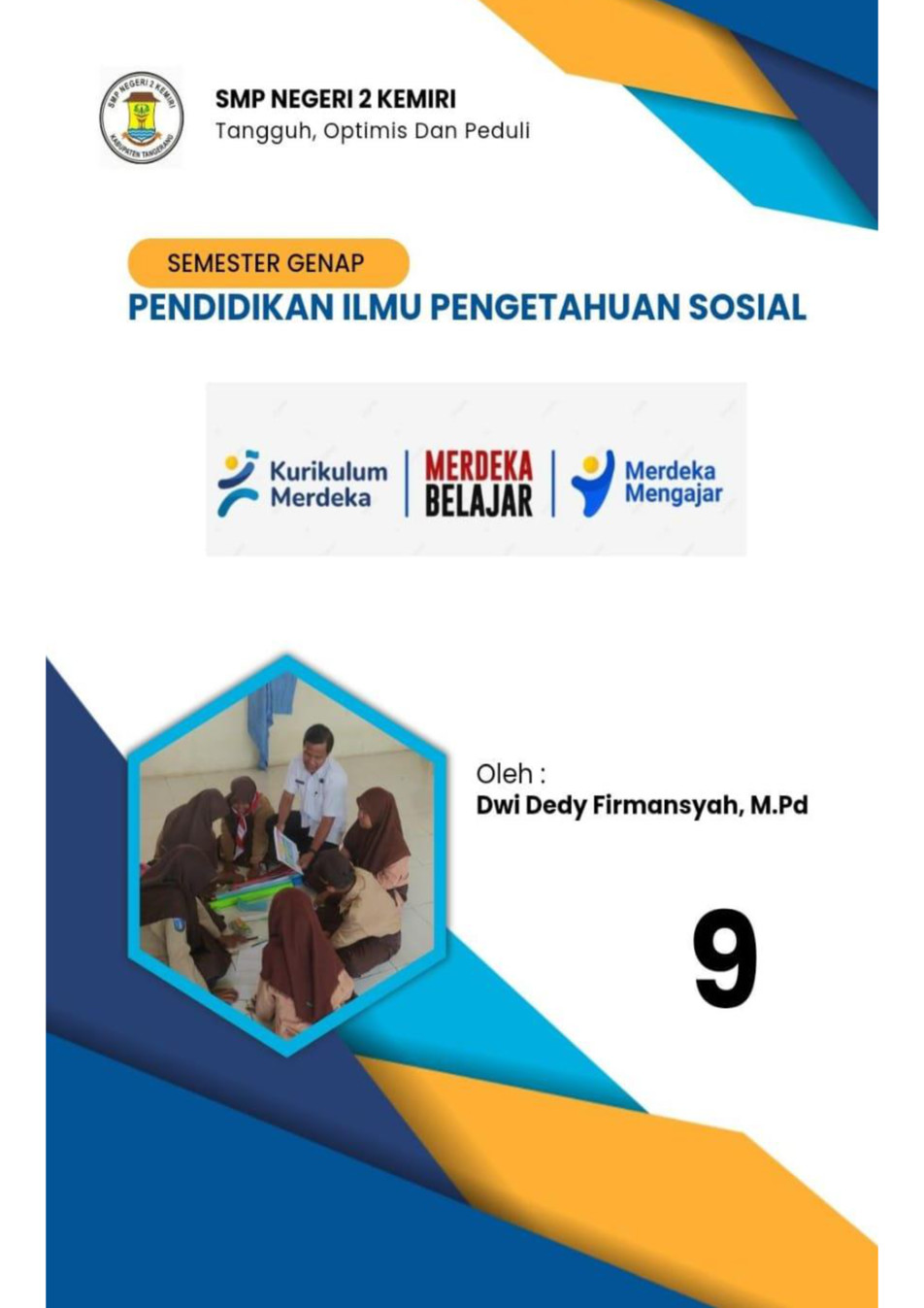IPS kls 9
IPS kls 9
Summary of IPS Education Book
Introduction
The book starts with a gratitude message to Allah and Prophet Muhammad for the completion of the IPS Education book. It acknowledges the support and motivation received from the Head of SMP Negeri 2 Kemiri, Rizki Amalia, M.Pd., in developing the content. The book focuses on various social sciences disciplines and aims to provide valuable insights into education and personal development.
Table of Contents
The table of contents outlines the topics covered in the book, including International Trade, Creative Economy, ASEAN Free Trade, International Trade Relations with Population Migration, and Indonesia's history from Independence to the Reform era. Each chapter delves into specific aspects related to economics, diplomacy, and political developments.
International Trade
International trade involves the exchange of goods and services between countries for profit. The chapter highlights the differences between domestic and international trade, factors driving international trade, benefits such as meeting the needs of countries, creating product specialization, and fostering friendships between nations. It also discusses trade barriers like government policies, quotas, tariffs, and dumping practices that hinder international trade.
(Page 4-25)
Creative Economy
The concept of the creative economy is based on utilizing creative assets to boost economic growth. The government has identified 14 subsectors within the creative industry, including advertising, design, fashion, music, and publishing. Efforts to enhance the creative economy involve providing incentives, creating comprehensive programs, and establishing legal protection for creative works. The formation of the Indonesia Creative Council aims to support creative industry players.
(Page 6-7)
ASEAN Free Trade
ASEAN Free Trade promotes non-discriminatory policies on imports and exports among member countries. It aims to facilitate trade in goods and services without taxes or barriers. Organizations like the ASEAN Economic Community (AEC), ASEAN Free Trade Area (AFTA), and Asia Pacific Economic Cooperation (APEC) play crucial roles in fostering regional economic cooperation and creating a market for millions of people.
(Page 7-8)

